The 2025 edition of the Rome Quadriennale kicks off tomorrow. From October 11, 2025 to January 18, 2026, Rome’s Palazzo delle Esposizioni will host Fantastica, the 18th Quadriennale d’arte, the main periodic event dedicated to contemporary Italian art. Promoted by the Fondazione La Quadriennale di Roma-involved by the Ministry of Culture, the Lazio Region, Roma Capitale and the Chamber of Commerce of Rome-together with the Ministry of Culture’s General Directorate for Contemporary Creativity and organized in collaboration with Azienda Speciale Palaexpo, this year’s edition aims to tell the story of Italian creativity in the first twenty-five years of the 21st century.
Curated by Luca Massimo Barbero, Francesco Bonami, Emanuela Mazzonis di Pralafera, Francesco Stocchi and Alessandra Troncone, Fantastica presents 187 works by 54 artists born between the 1960s and the late 1990s, with 16 under 35 and 45 first-time participants at the Quadriennale. The works, many of which were created especially for the occasion, are displayed on about 2,000 square meters and give rise to an itinerary divided into five sections, each of which proposes an independent investigation into the state of art in Italy.
The first section, My image is what I make myself represented by: the self-portrait, curated by Luca Massimo Barbero, explores the theme of self-representation. Introduced by a confrontation between frontality and backstage, the path opens to a series of largely unpublished works. The section Memory Full. A Room Just for Himself, curated by Francesco Bonami, takes its cue from Virginia Woolf’s essay to investigate the autonomy and independence of the contemporary artist. The chosen artists, all at their first participation in the Quadriennale and under the age of 50, move in an individual dimension that rejects affiliations and trends. Bonami proposes a reflection on identity as a personal and relational space at the same time: “I am because you are,” quotes the curator recalling the concept of Ubuntu, indicating an individual freedom that recognizes itself in the other. Emanuela Mazzonis of Pralafera curates the section Il tempo delle immagini. Images out of control?, dedicated to the role of photography in the age of visual overabundance. In a time dominated by selfies, reels and digital images, the eleven artists in the exhibition question the nature of photography as a language that no longer reproduces reality but reveals it. In the Untitled section, curated by Francesco Stocchi, the exhibition seeks to become a creative act in itself. Devoid of a stated theme, it is born as an exercise in artistic and collective autonomy, a workshop in which artists do not merely exhibit, but actively participate in the curatorial process and exhibition design. The reflection concerns the role of the artist as a unique agent of exhibition practice, capable of conceiving and managing every aspect of the project, from lighting to language. Closing the exhibition is The Unfinished Body, curated by Alessandra Troncone, which addresses the theme of the contemporary body in its human and nonhuman declinations. The body is seen here as an entity in transformation, suspended between matter and code, between biology and technology. Incompleteness becomes a sign of vitality and openness, a reflection of scientific research and social tensions that redefine the limits of identity. The selected artists construct a narrative that interweaves myth and future, suggesting new possibilities for relationships between species and between different forms of existence.
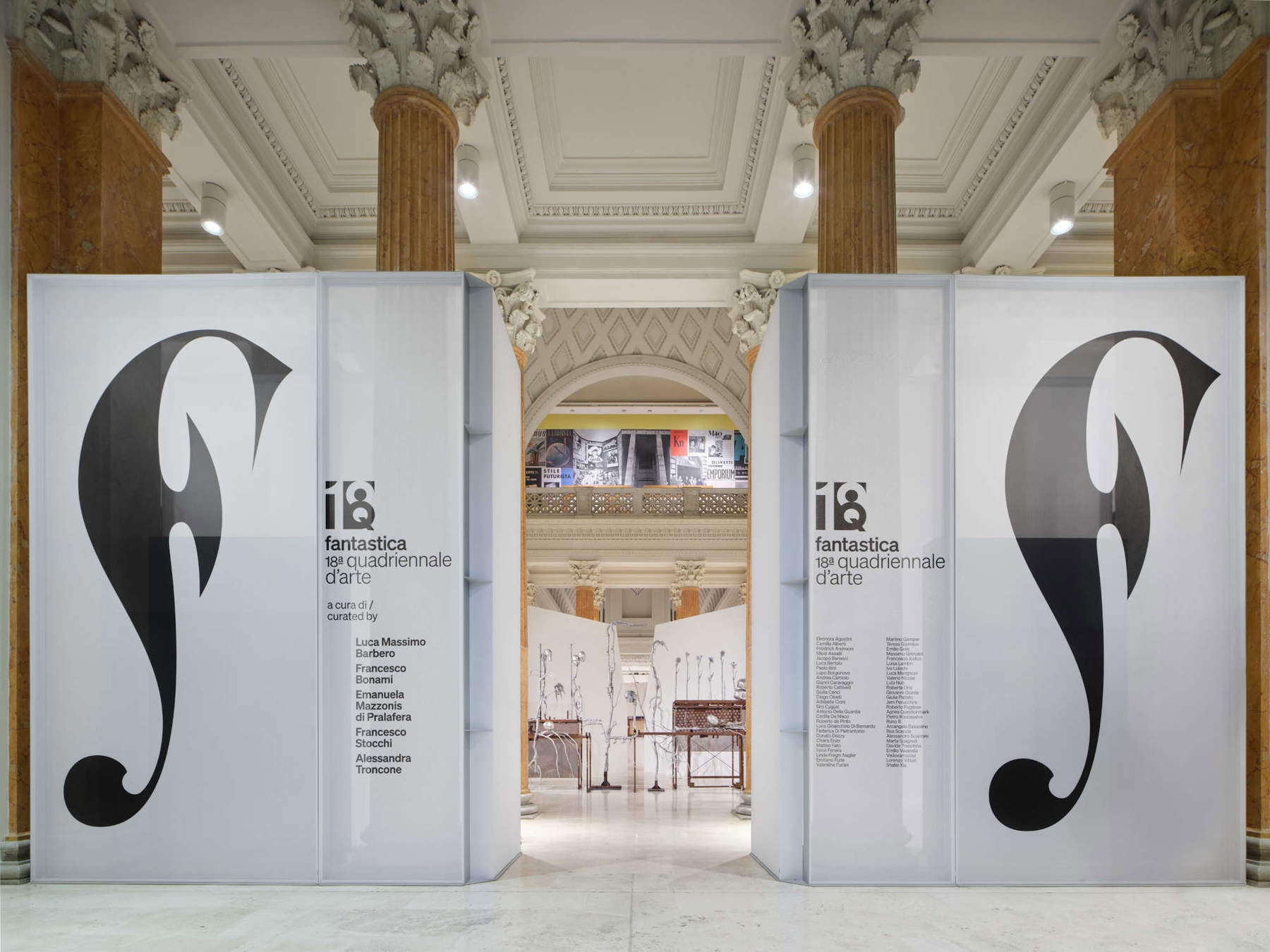
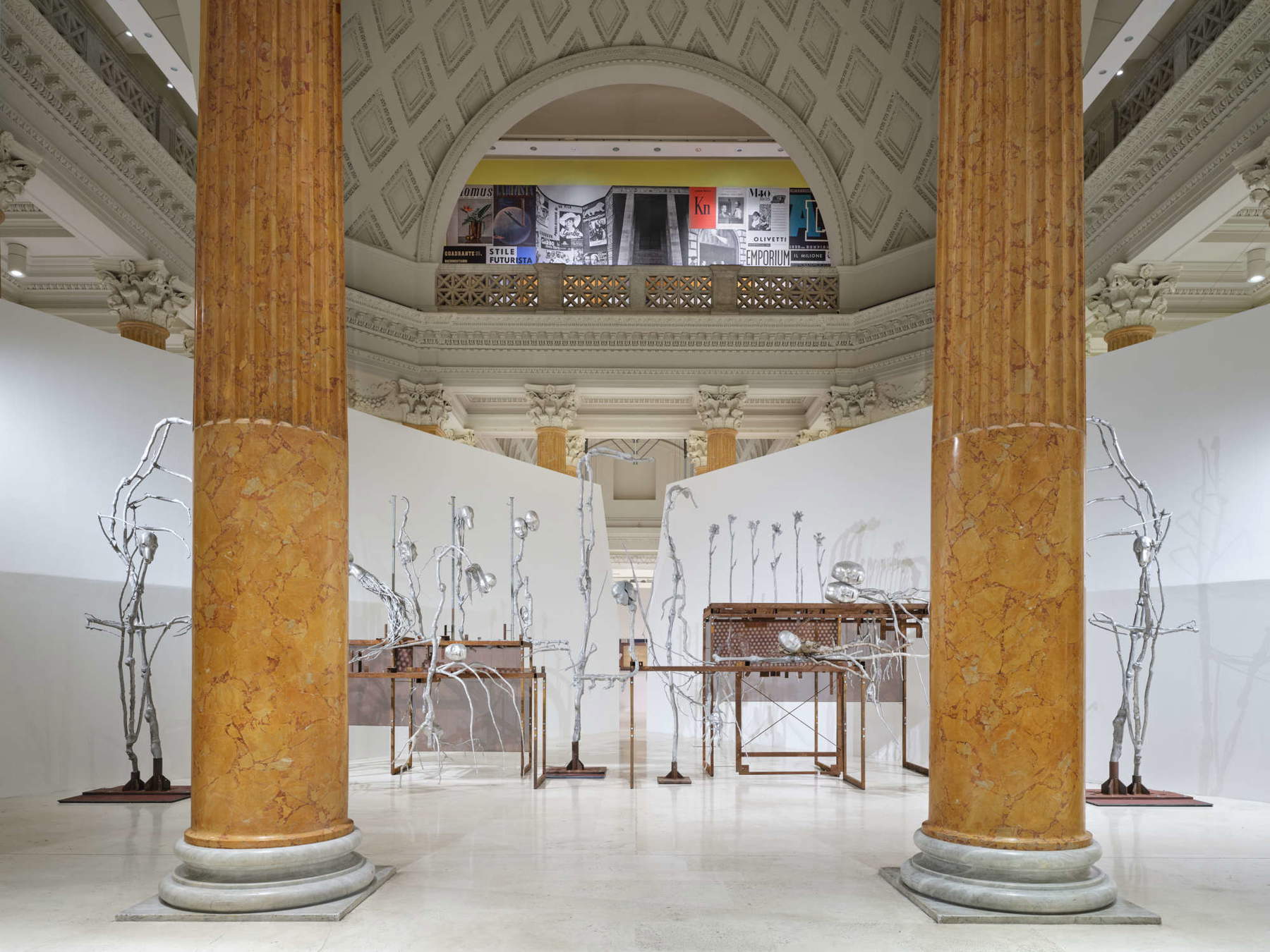
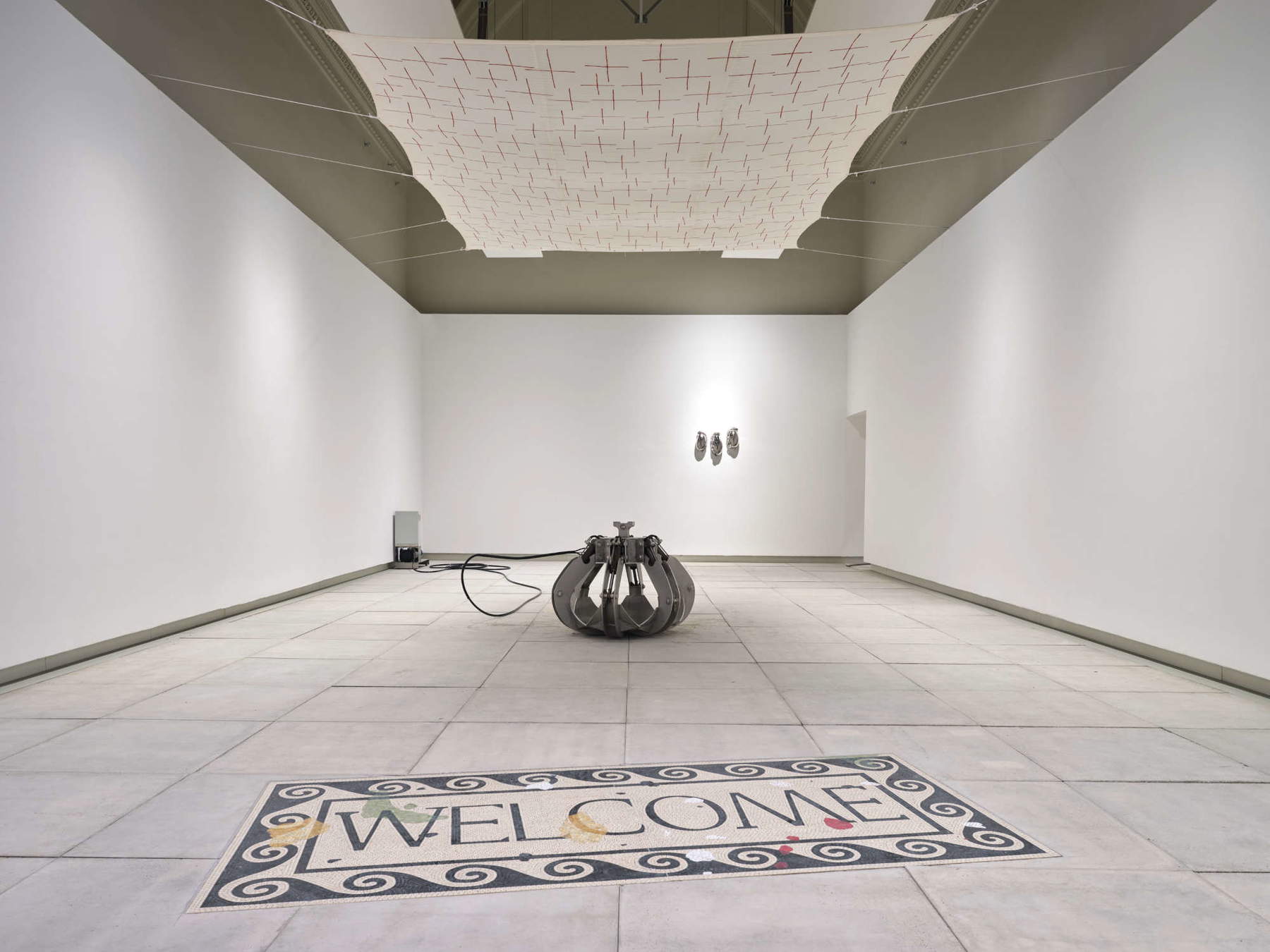
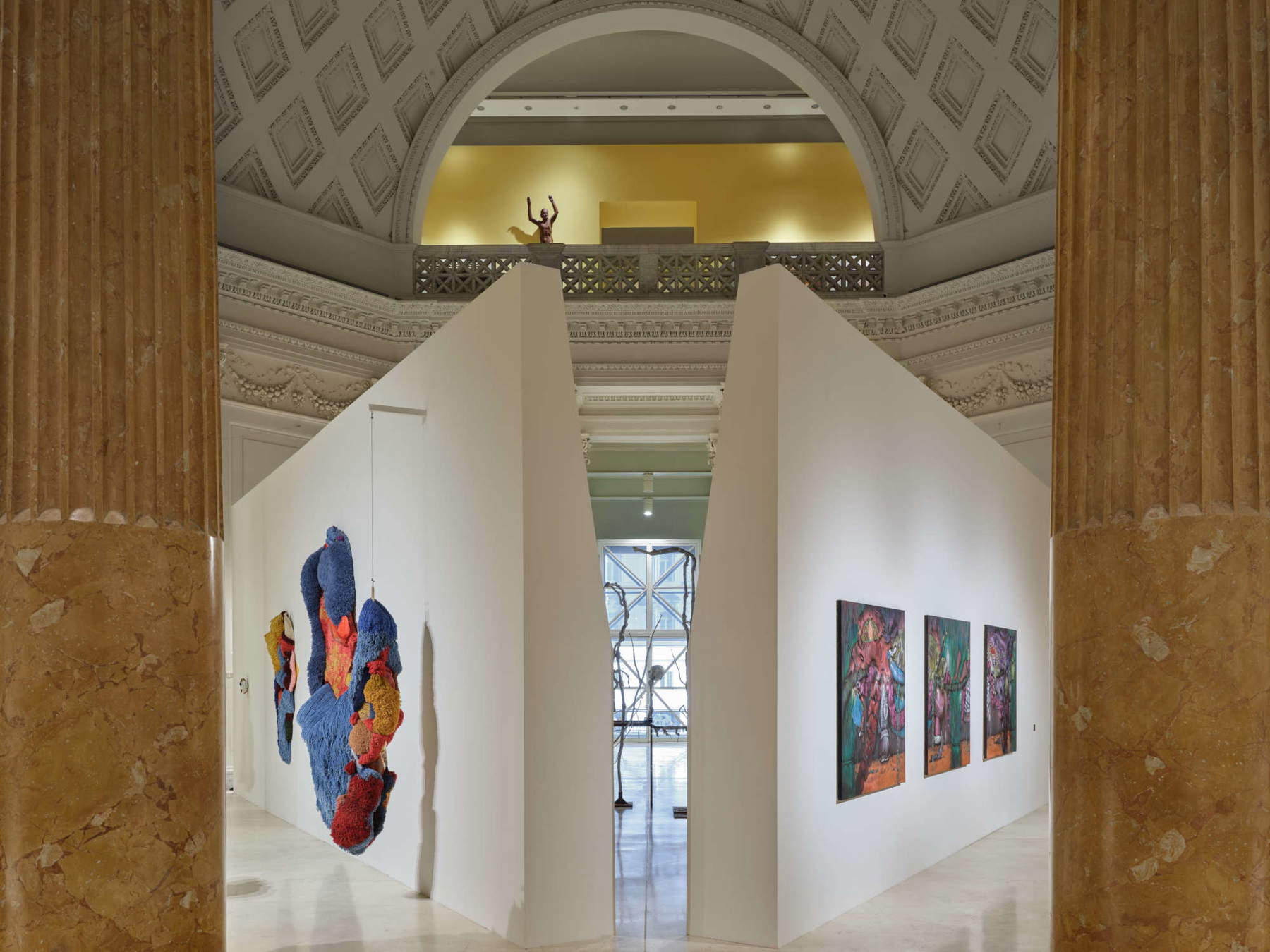
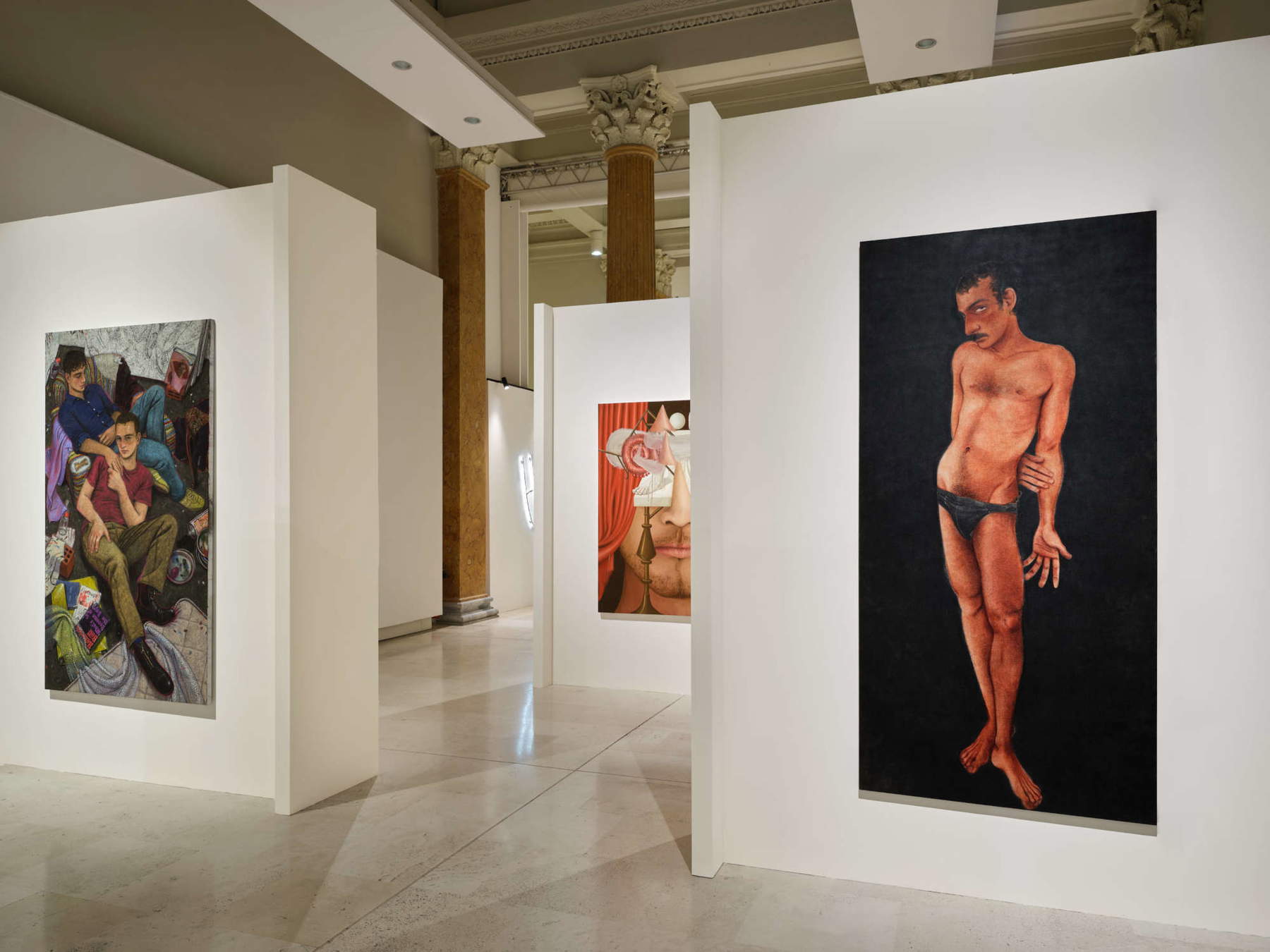
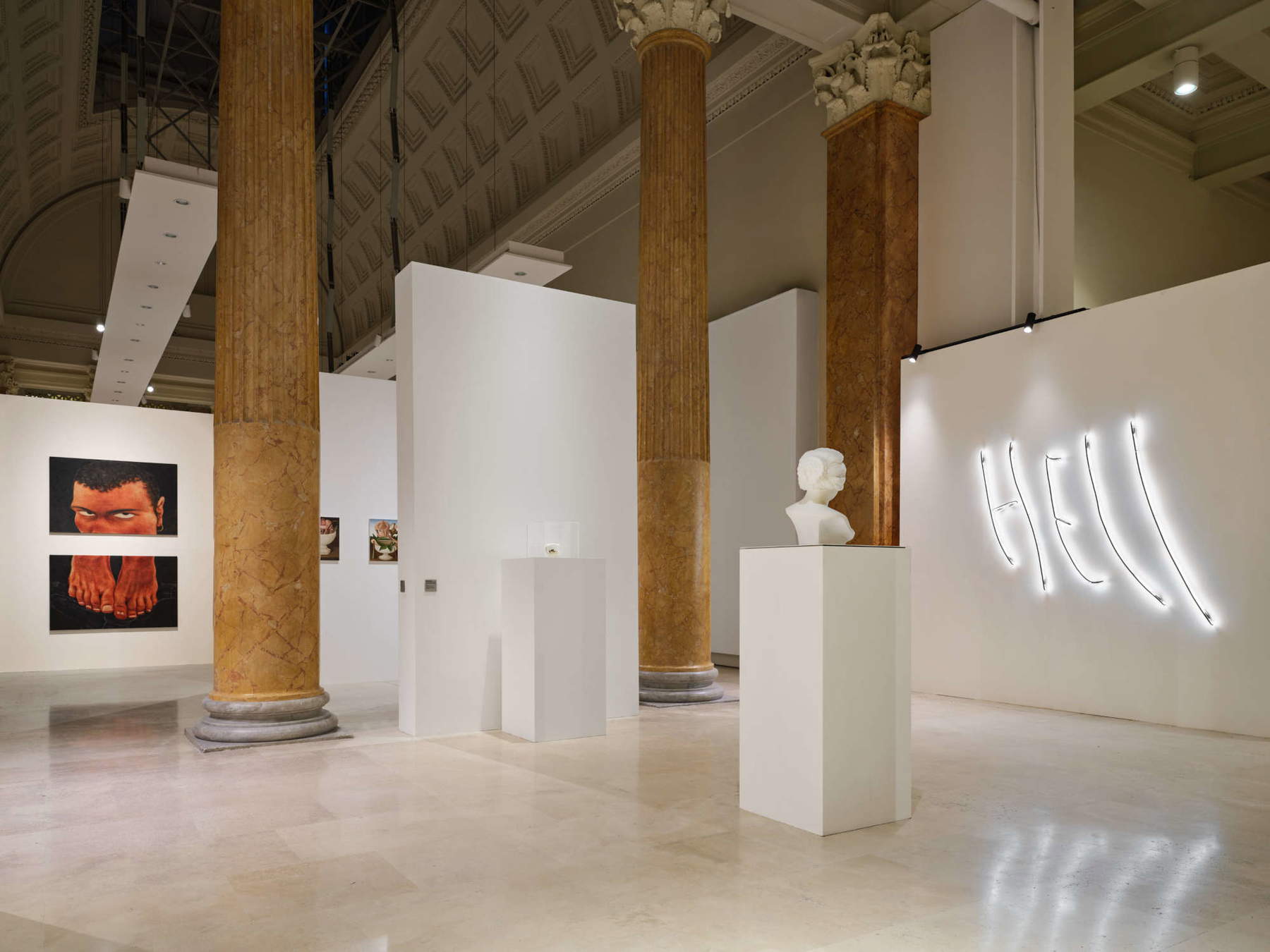
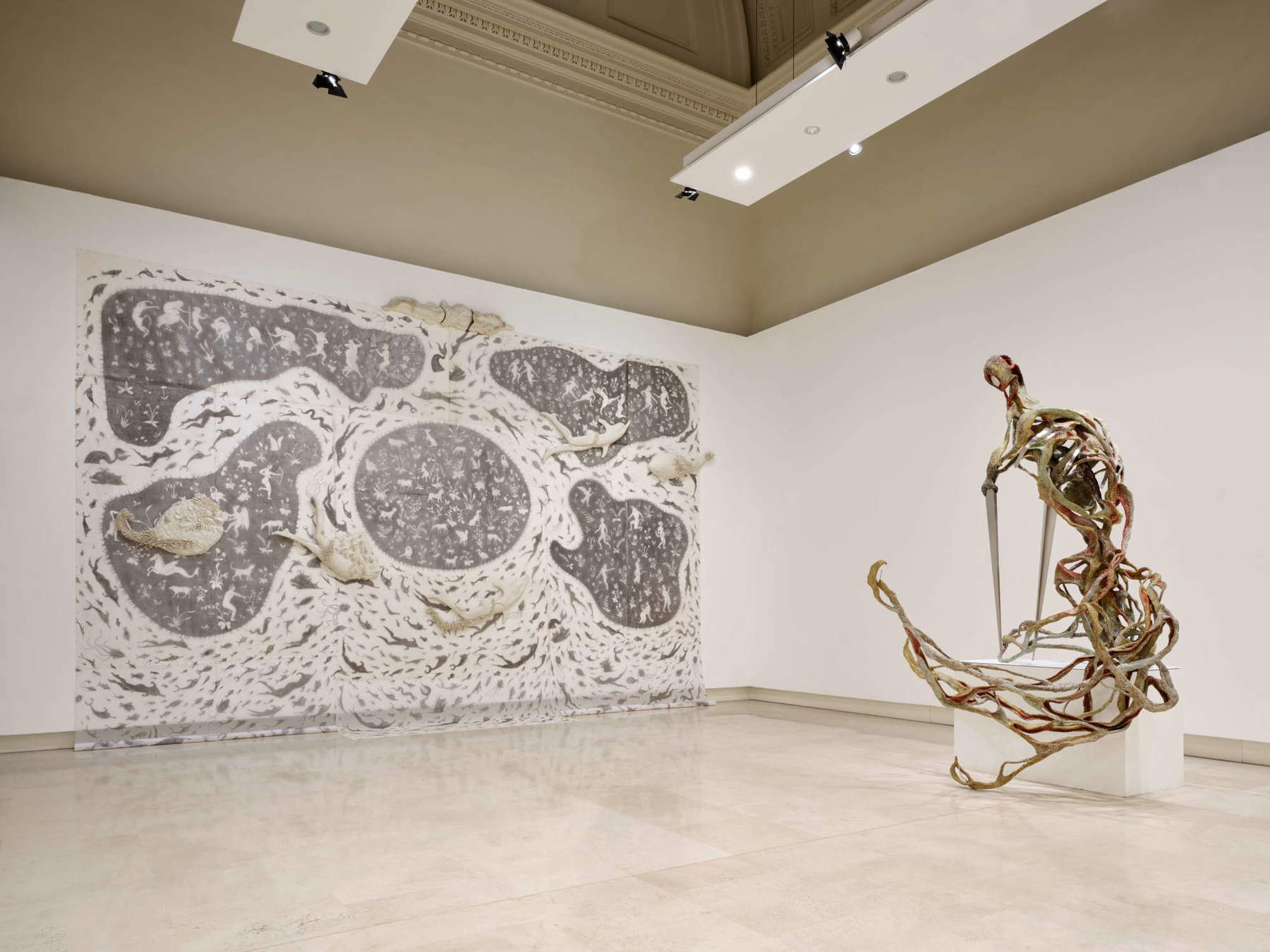
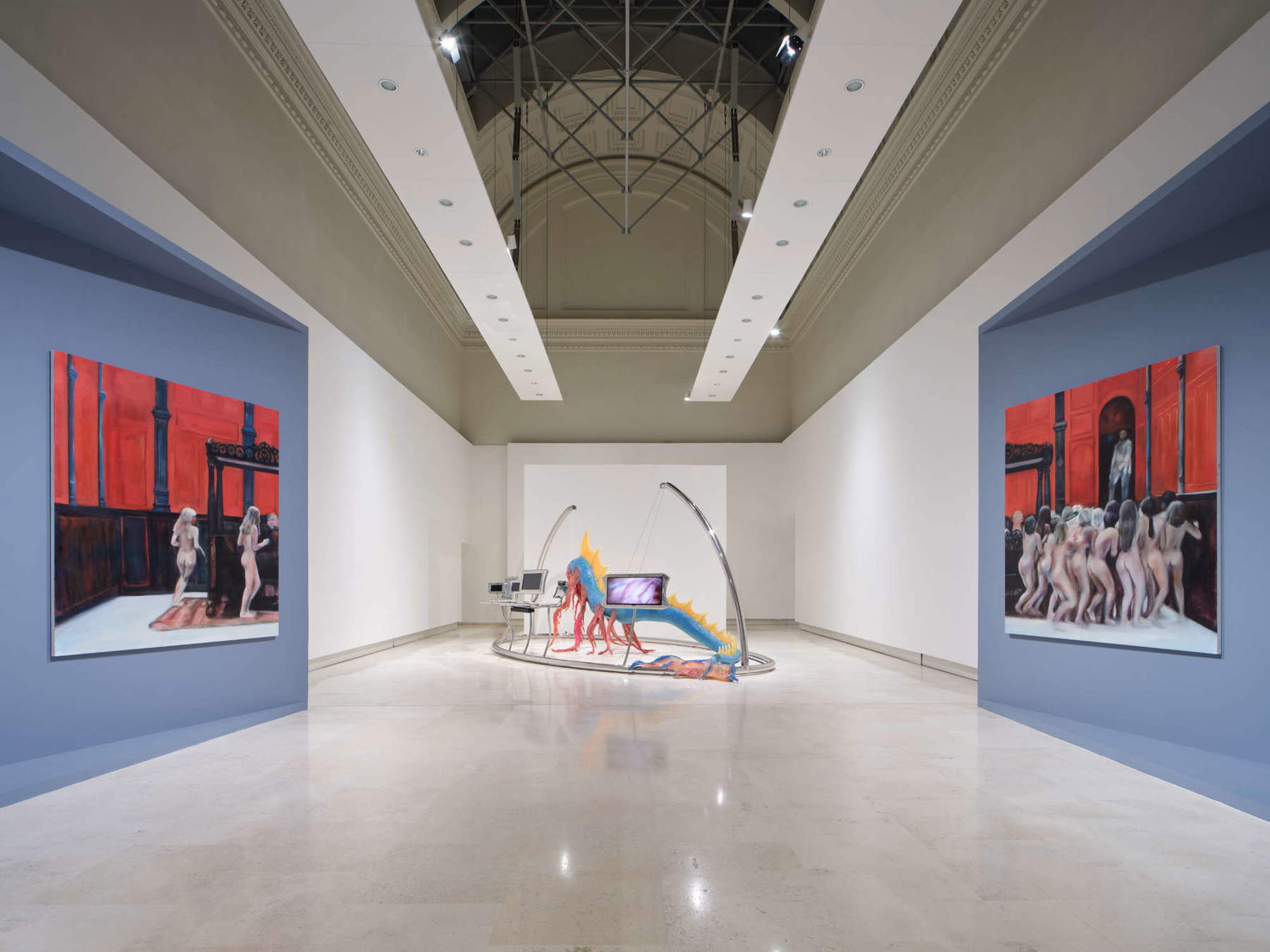
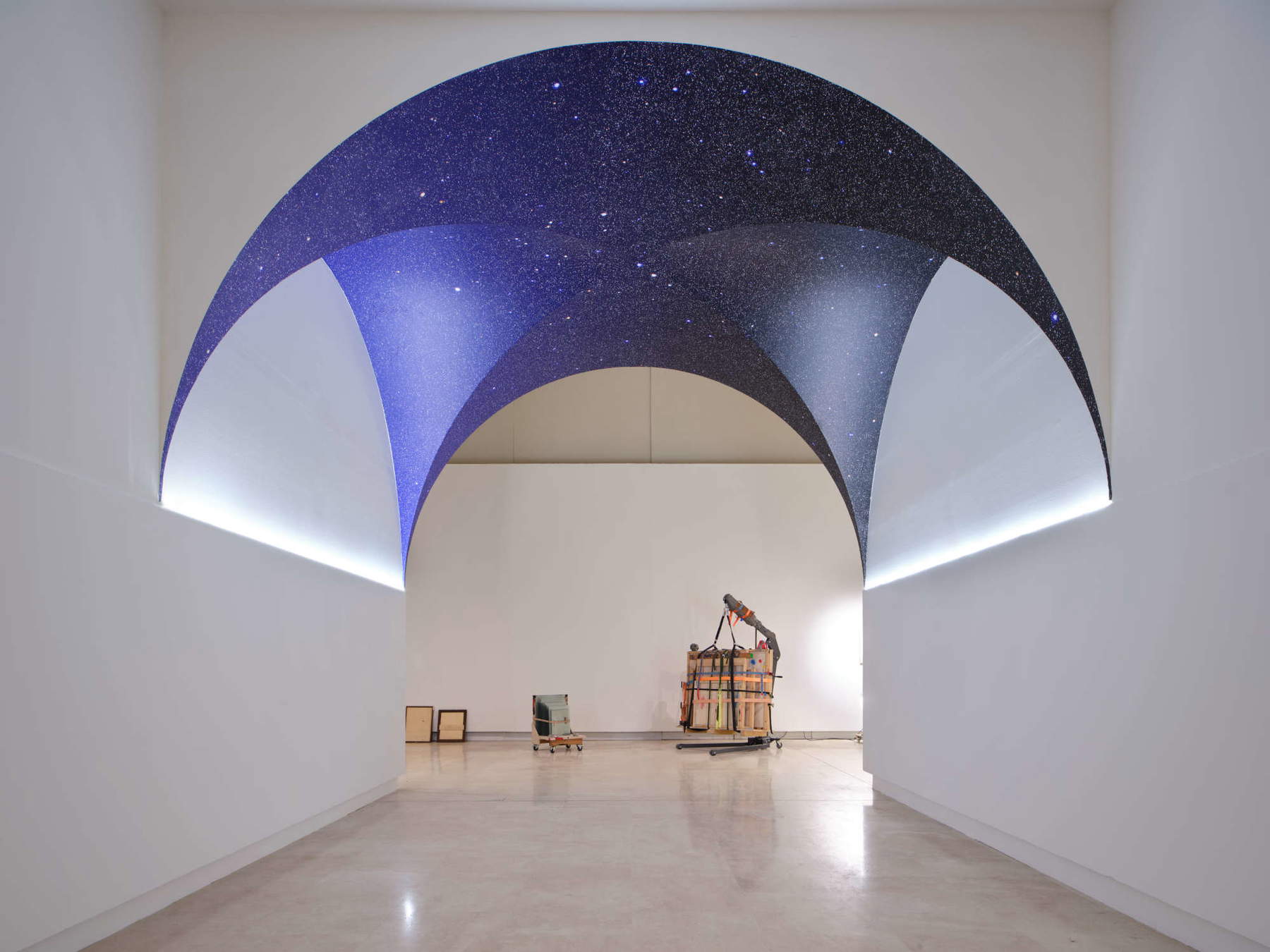
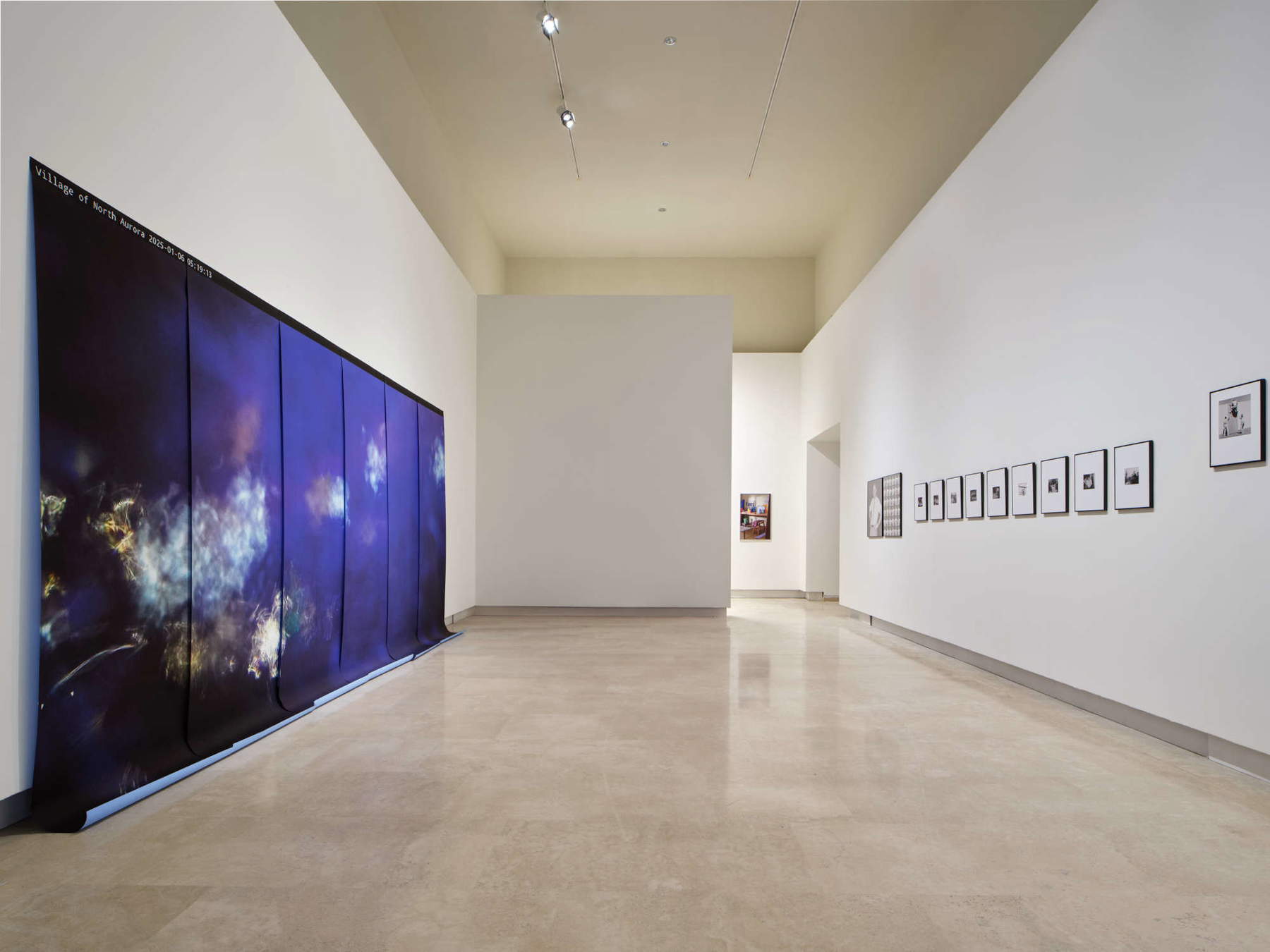
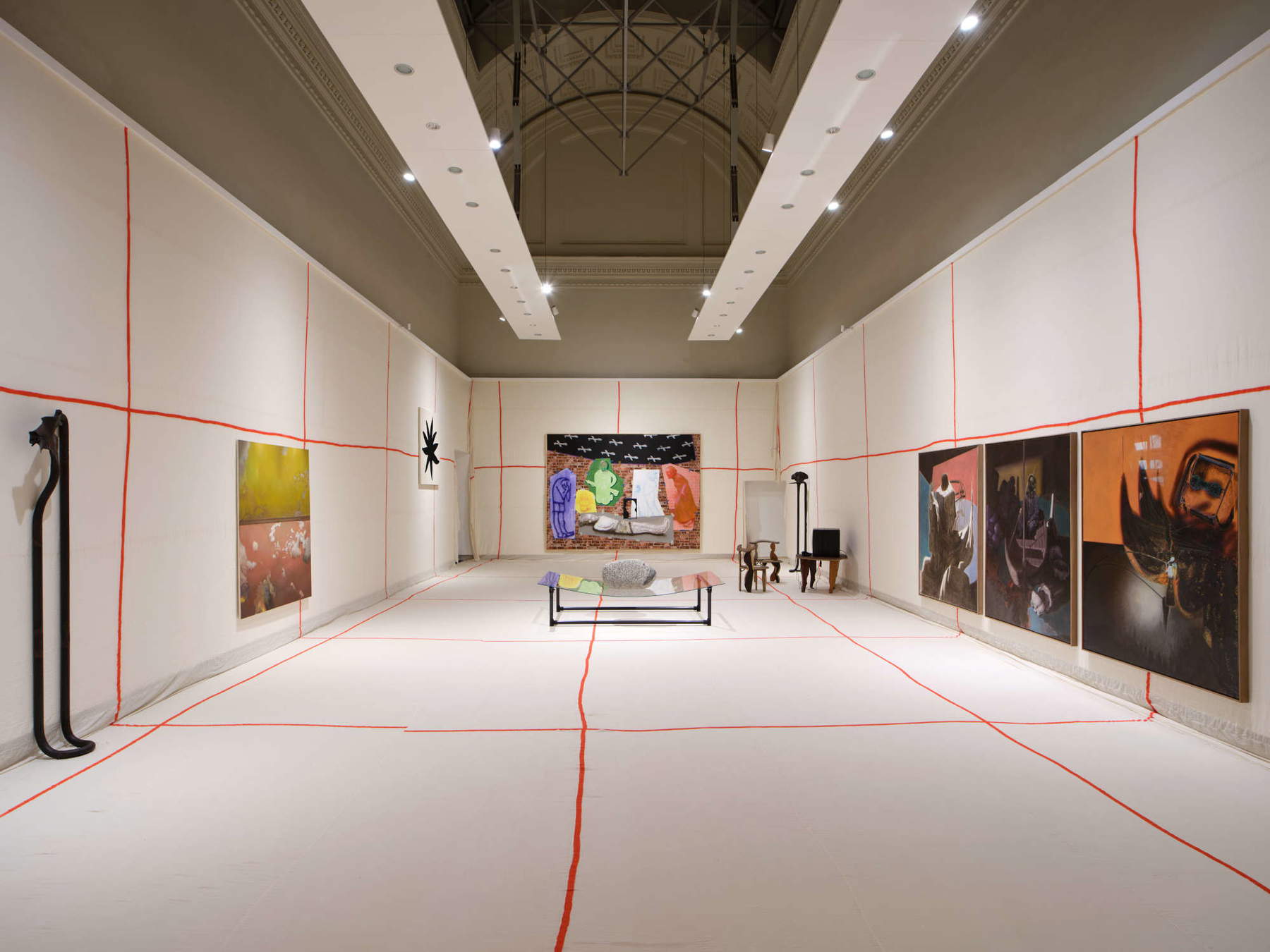
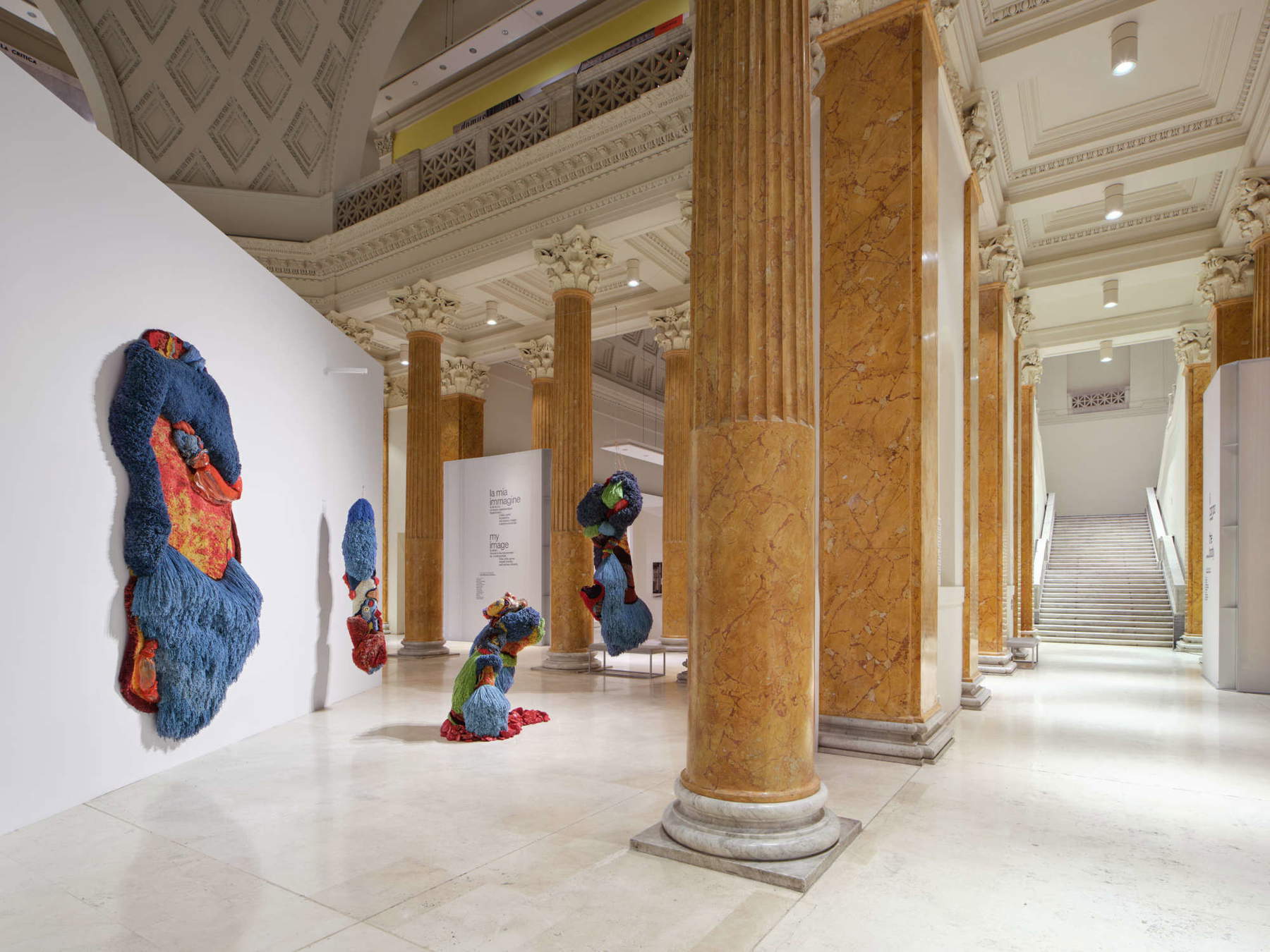
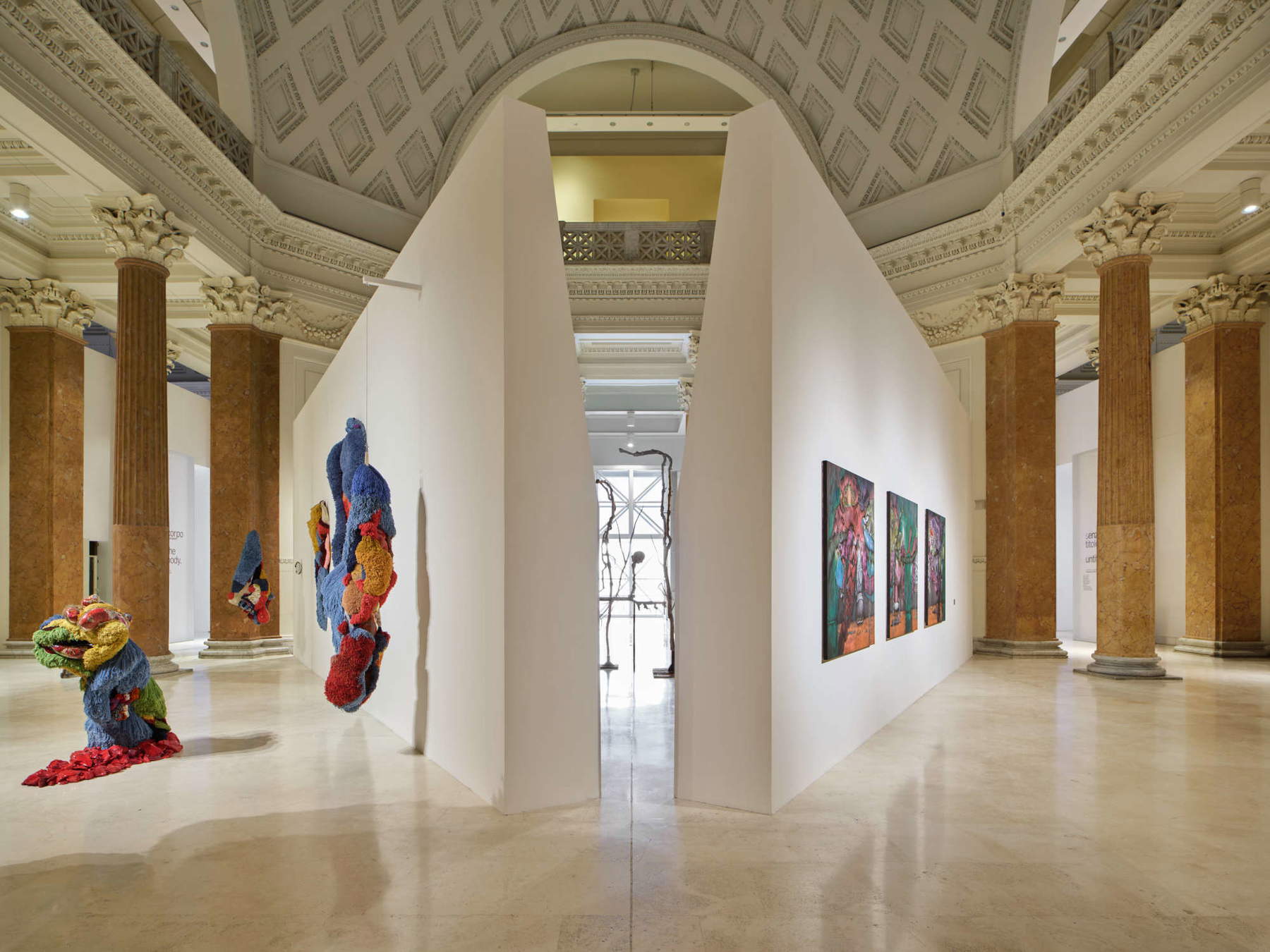
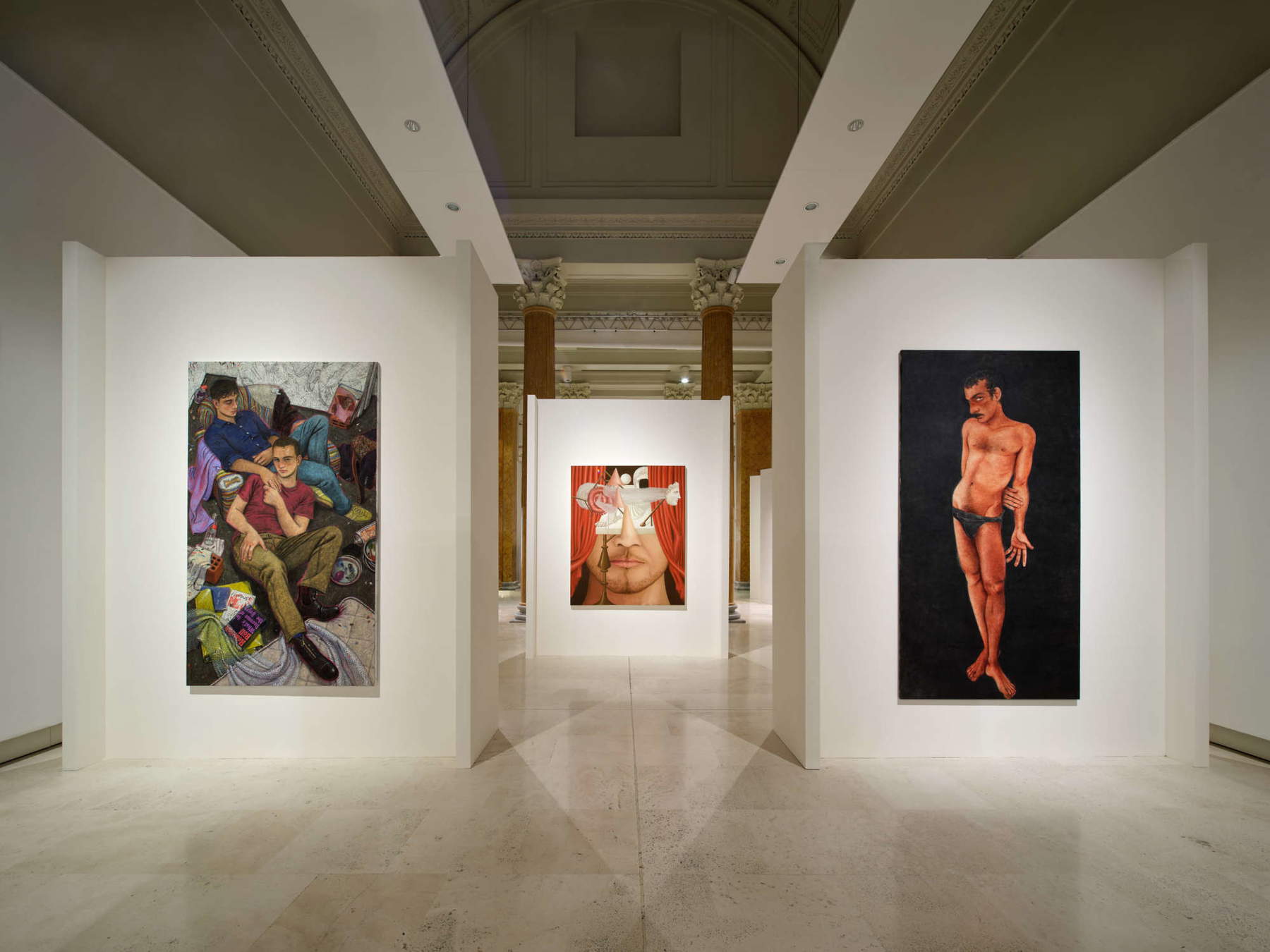
The experience of Fantastica is enriched by a calendar of performances that transform the exhibition route into a constantly changing environment. Antonio Della Guardia, in the section curated by Troncone, presents a performative action that explores the body as threshold and narrative tool; Davide Tranchina, in the section by Mazzonis, proposes an intimate intervention on seeing and the ambiguity of reality; Alessandro Sciarroni, in the section by Stocchi, stages two performances in which movement and repetition become poetic gesture and resistance.
The overall installation, designed by BRH+/Barbara Brondi and Marco Rainò, adopts a system of architectural devices that orient the audience through permeable veils and structures, creating a continuous dialogue between the five sections. The visual identity, designed by Studio Sonnoli of Leonardo Sonnoli and Irene Bacchi, is inspired by surrealism and revolves around the large “F” that serves as the exhibition’s symbol.
Parallel to Fantastica, on the second floor of the Palazzo Esposizioni, the historical exhibition I giovani e i maestri: la Quadriennale del 1935, curated by Walter Guadagnini with the collaboration of theQuadriennale Library Archive, opens. The exhibition celebrates the 90th anniversary of the second Quadriennale d’arte, the 1935 Quadriennale, which marked the event’s transformation into a permanent institution. Works by artists such as de Chirico, Morandi, Martini, Mafai and Severini recount a complex season of Italian art, while archival documentation reconstructs the cultural and political context of the time. Also for this exhibition, the layout is by BRH+ and the visual identity by Studio Sonnoli.
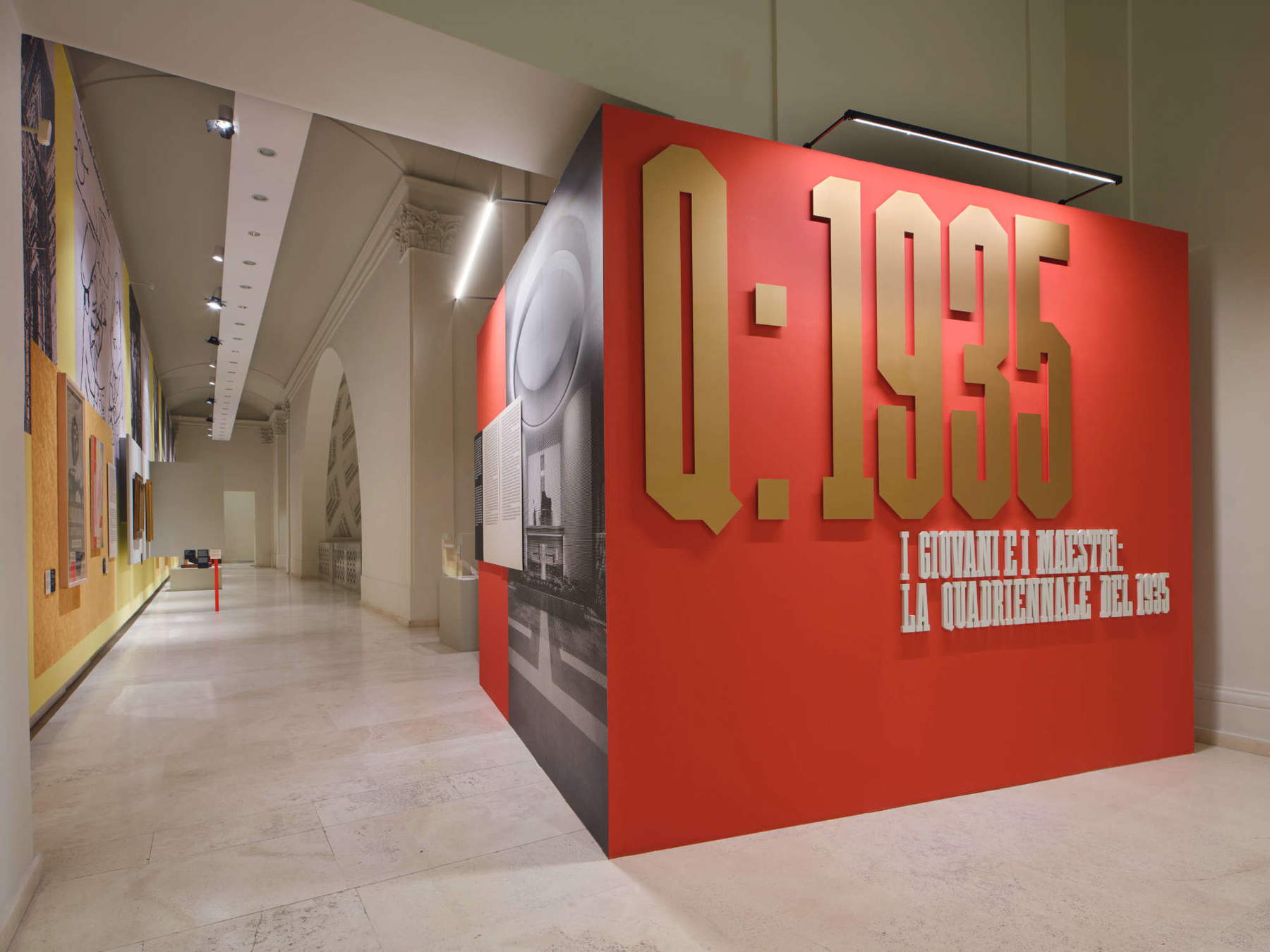
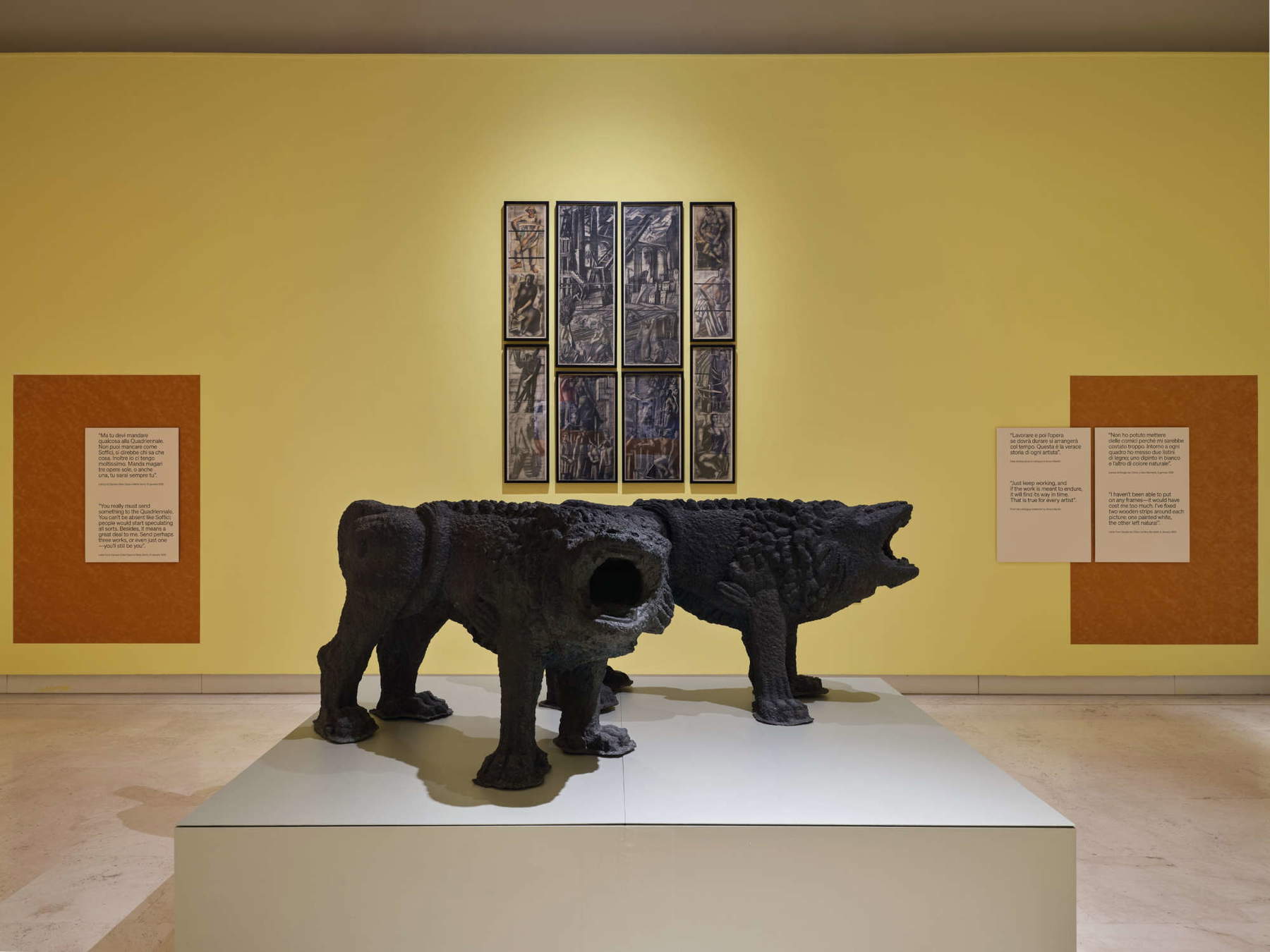
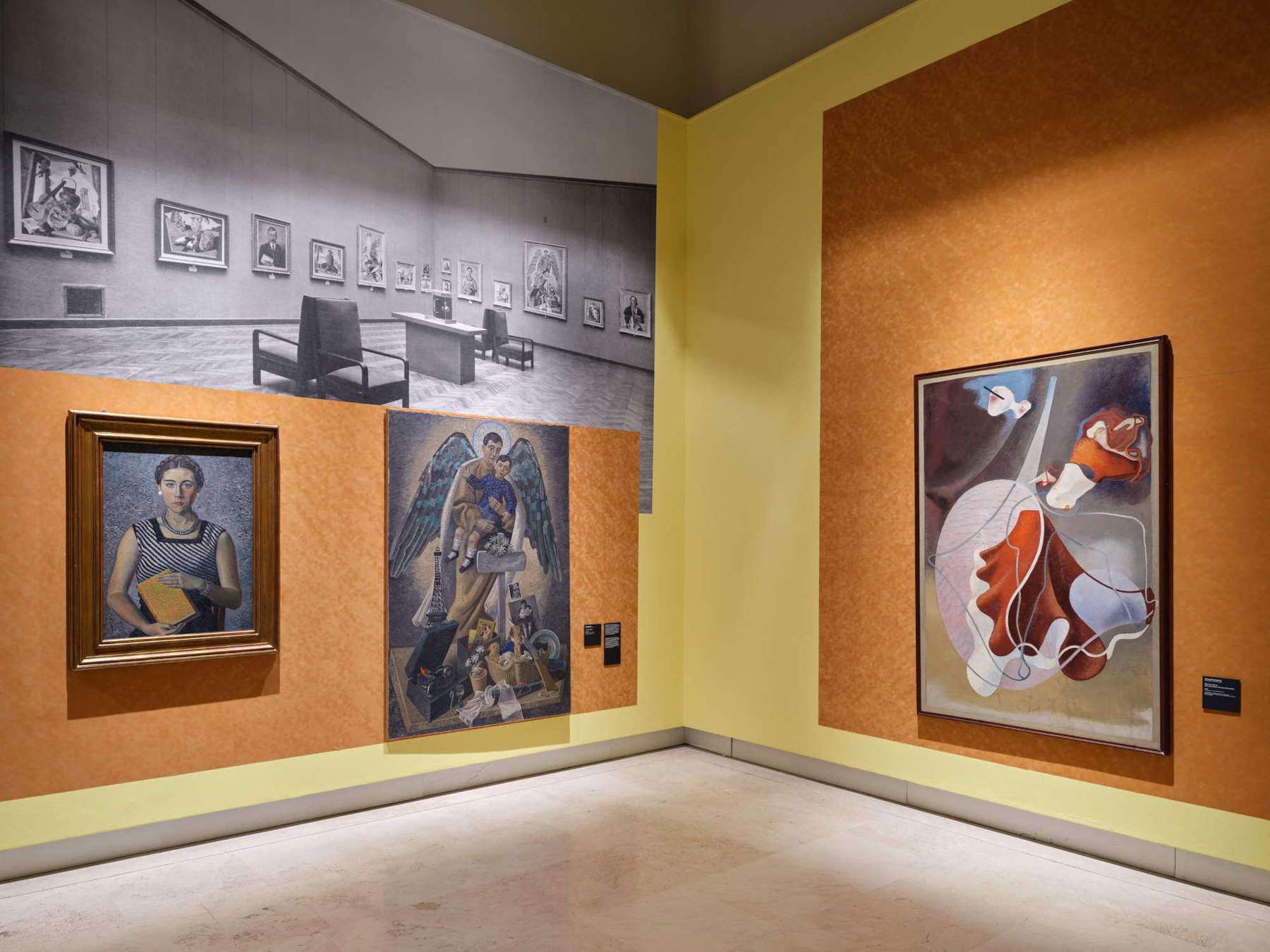
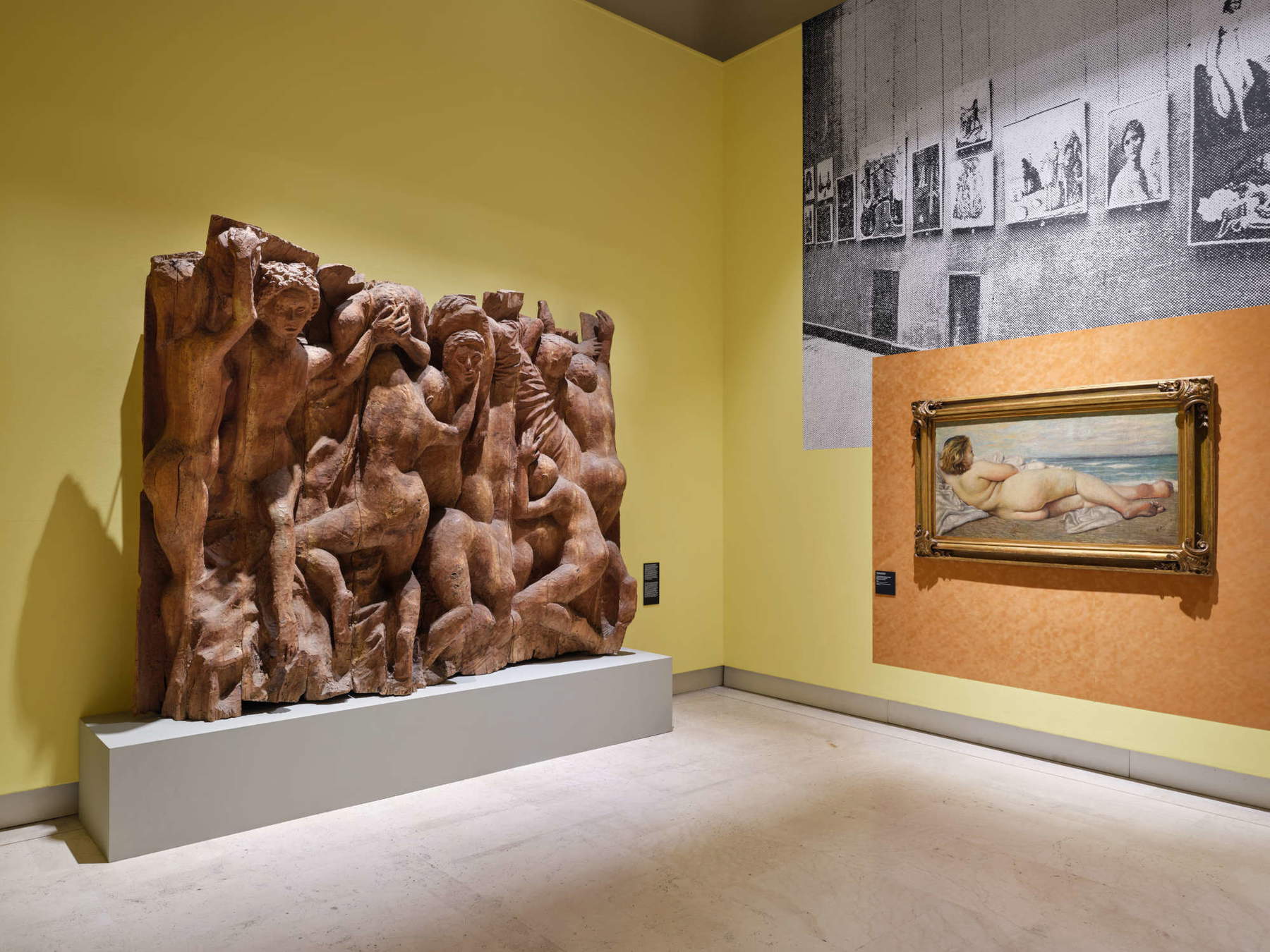
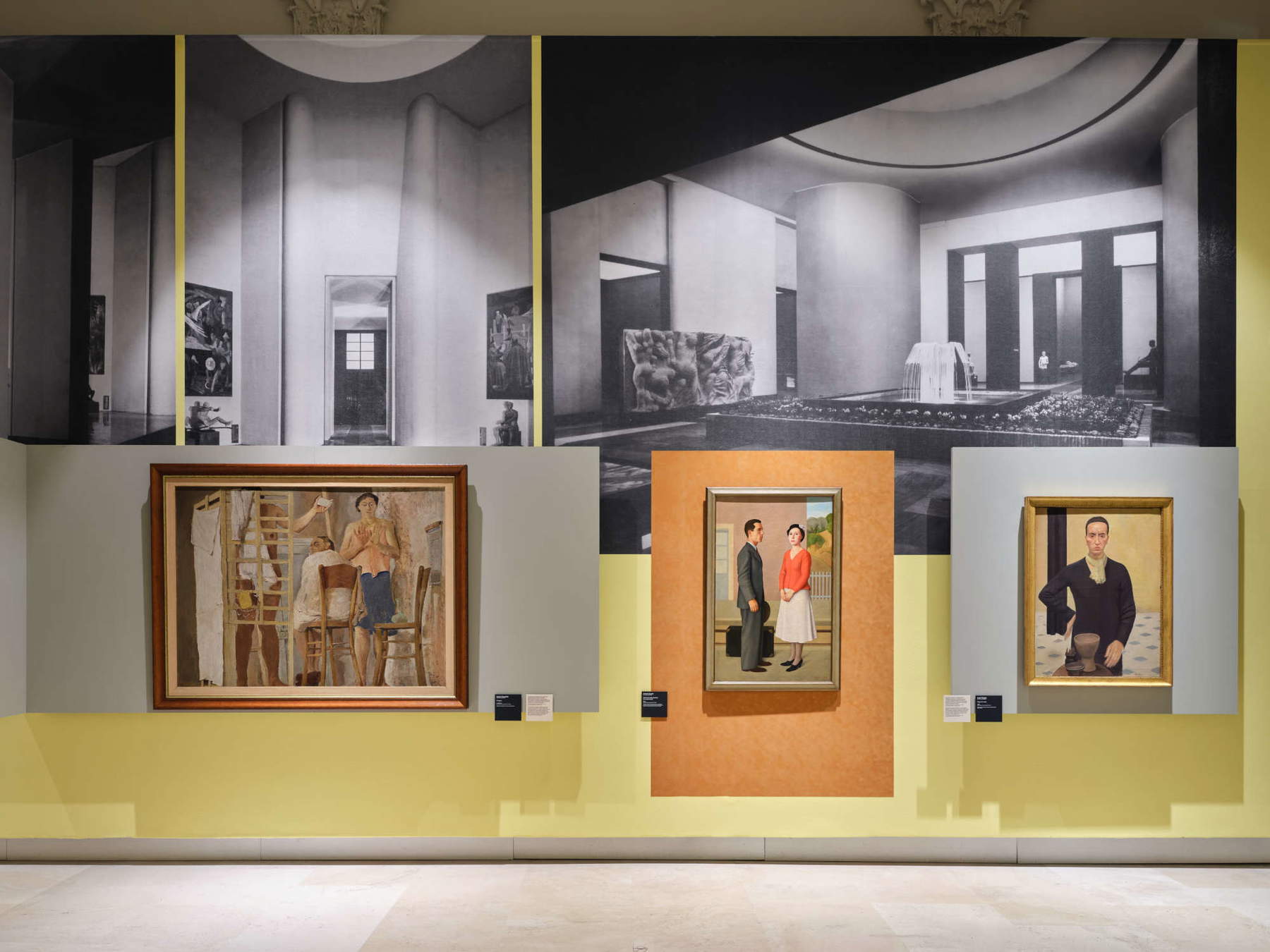
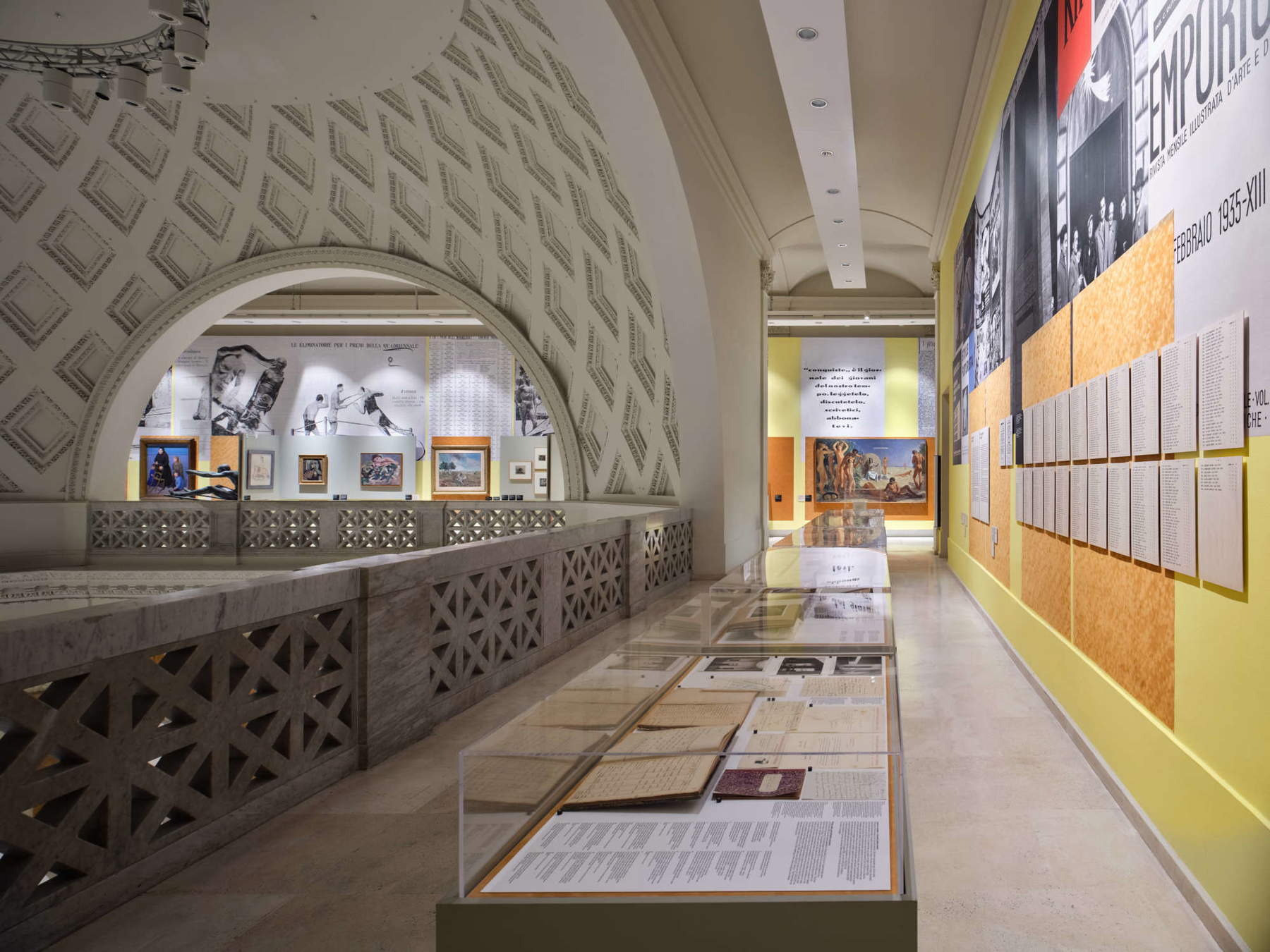
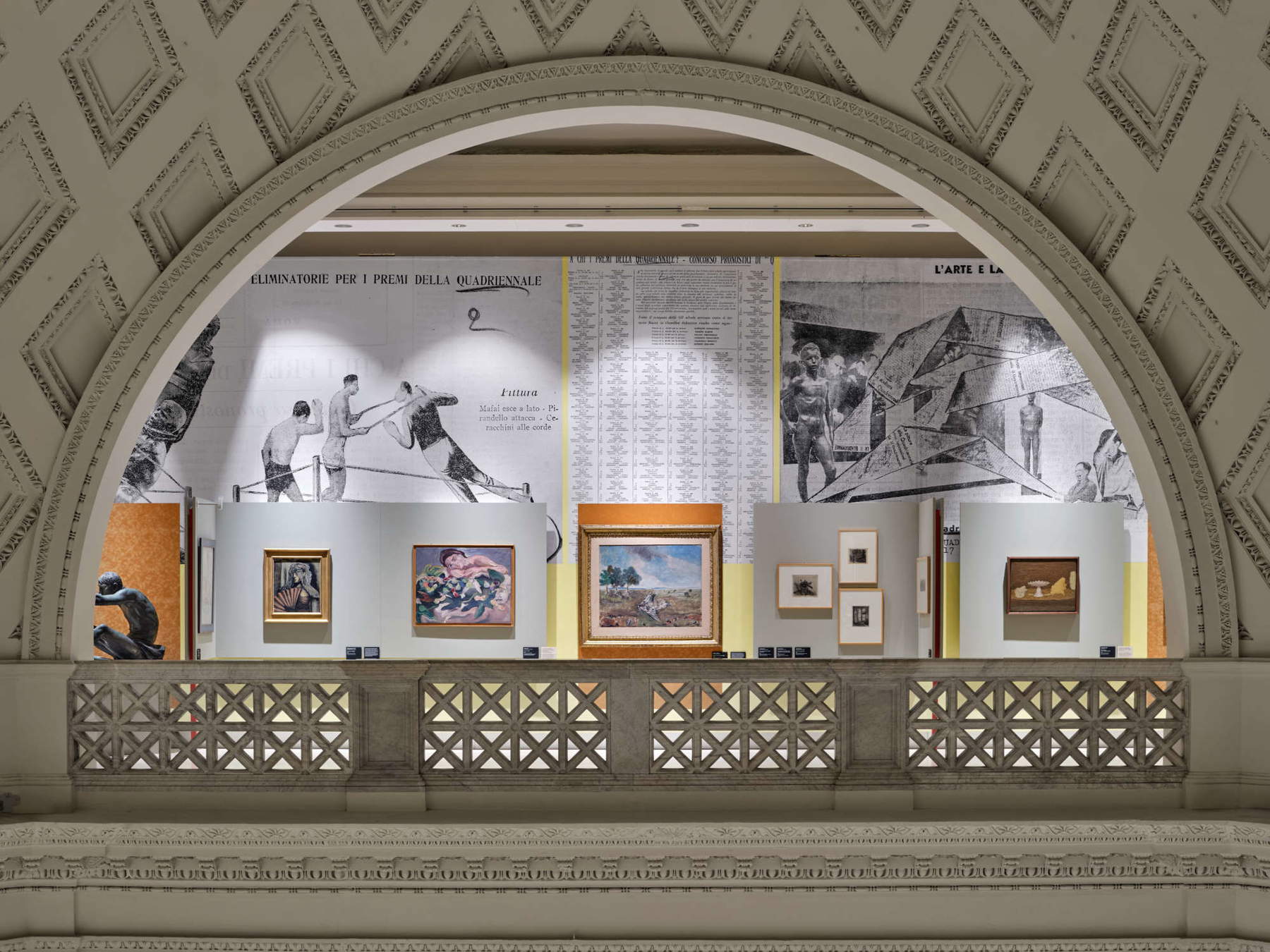
The catalogs of the two exhibitions are published by Marsilio Arte. Fantastica. 18th Quadriennale d’arte collects curators’ essays and research papers edited by Giorgia Achilarre, Giulia Gaibisso and Gianpaolo Cacciottolo; I giovani e i maestri: la Quadriennale del 1935 includes contributions by Walter Guadagnini, Assunta Porciani, Ernesto Galli della Loggia, Raffaele Bedarida and Sofia Silva.
The exhibition includes two prizes supported by Fondazione Roma, the event’s cultural partner: the Quadriennale Prize, worth 20,000 euros and no age limit, and the Young Art Prize, worth 10,000 euros, for an artist under 35. The jury, composed of Lorenzo Balbi, Giuliana Benassi and Costantino D’Orazio, will announce the winners at the end of November.
Starting in the second half of October, the Quadrennial will be accompanied by the public program Fantalk, curated by Nicolas Ballario. The series of meetings will involve poets, singers, philosophers, sociologists and actors in dialogue with curators and museum directors, exploring the themes of the exhibition and the connections between art, cinema, theater, fashion and design.
In December, Marsilio Arte will also publish the volume Noi nel mondo. Survey on the Foreign Perception of Contemporary Italian Art, edited by Christian Caliandro and produced by the Fondazione La Quadriennale di Roma with the support of the Direzione Generale Creatività Contemporanea. The book brings together the contributions of forty international experts and offers an updated analysis of the image of Italian art in the global context, supplemented by interviews and data that can be consulted on the Quadriennale website.
The production of Fantastica was made possible thanks to a total budget of 2.6 million euros, 44 percent of which came from the Foundation’s own funds, 40 percent from a ministerial grant, and 16 percent from private partners. Intesa Sanpaolo is Main Partner of the exhibition, Enel is Official Sponsor, Fondazione Roma is Cultural Partner, and Dresswall and ILTI Luce (Nemo Group) are the main technical partners.
Fantastica. 18th Quadriennale d’arte and I giovani e i maestri: la Quadriennale del 1935 can be visited with a single ticket at the Palazzo Esposizioni Roma, Via Nazionale 194. Admission is open Tuesday through Thursday from 10 a.m. to 8 p.m., Friday until 10 p.m. and Sunday until 8 p.m. Closed Monday. Tickets from 12.50 euros (full price) and various reductions for young people, students, groups and schools. All information and reservations are available at www.palazzoesposizioni.it and www.quadriennalediroma.org.
 |
| Rome, the 18th Quadrennial of Art kicks off: images of the installations |
Warning: the translation into English of the original Italian article was created using automatic tools. We undertake to review all articles, but we do not guarantee the total absence of inaccuracies in the translation due to the program. You can find the original by clicking on the ITA button. If you find any mistake,please contact us.